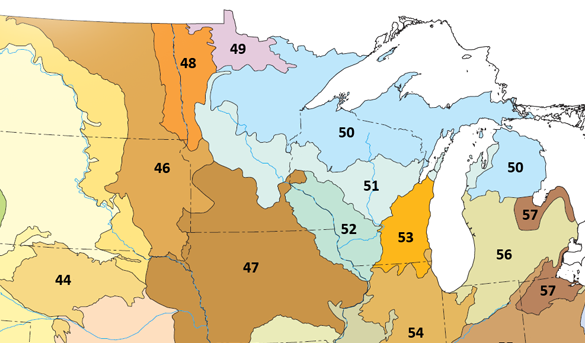Why - Assisted Tree Migration
Assisted Tree Migration is now clearly required to adapt our woodlands to the rapid alterations to millennia of historically stable weather patterns following the retreat of glaciers ending 20,000 years ago. Not only is the weather warming, what historically has shifted plant community distribution northward, crucial patterns in precipitation and other factors complicate this scenario. To inform action, a history of plant distribution is given.
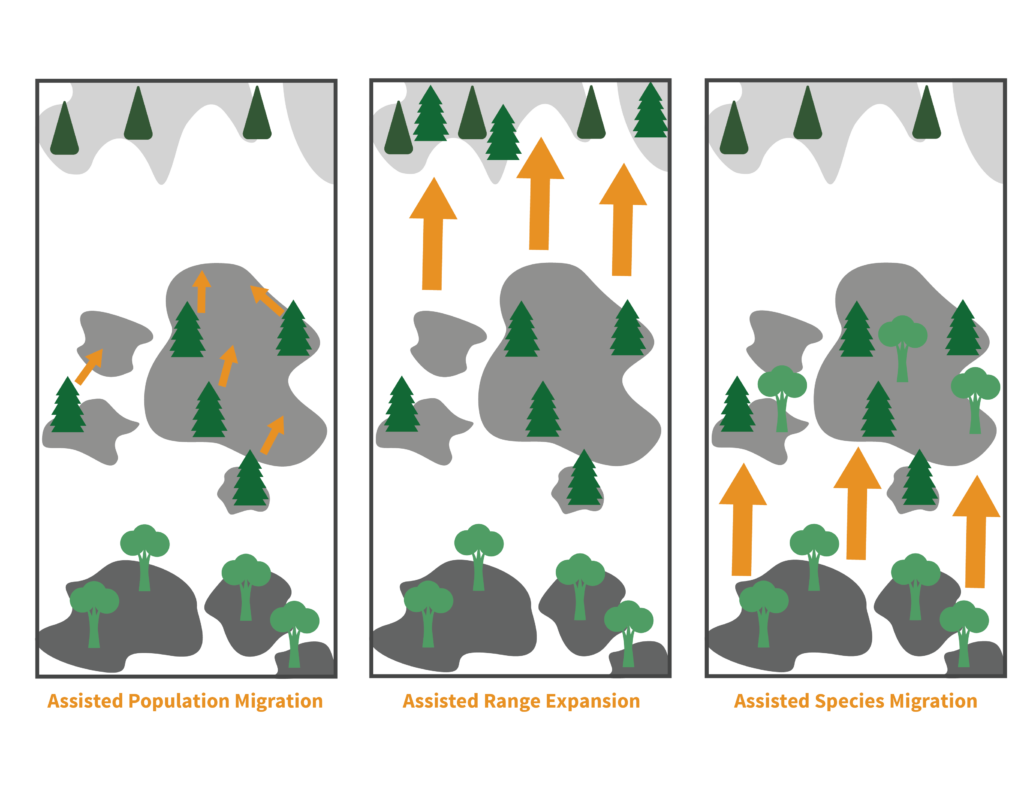
An enormous amount of study has been given to the natural distribution of plant species. The evolution of this study has developed the study of Plant Ecology and evolved into more specified disciplines such as Plant Biogeography. Alexander von Humboldt observing the distribution of plants on continental scales in the early 1800’s, laid the groundwork for Biogeography, a precursor to Ecoregions discussed below.
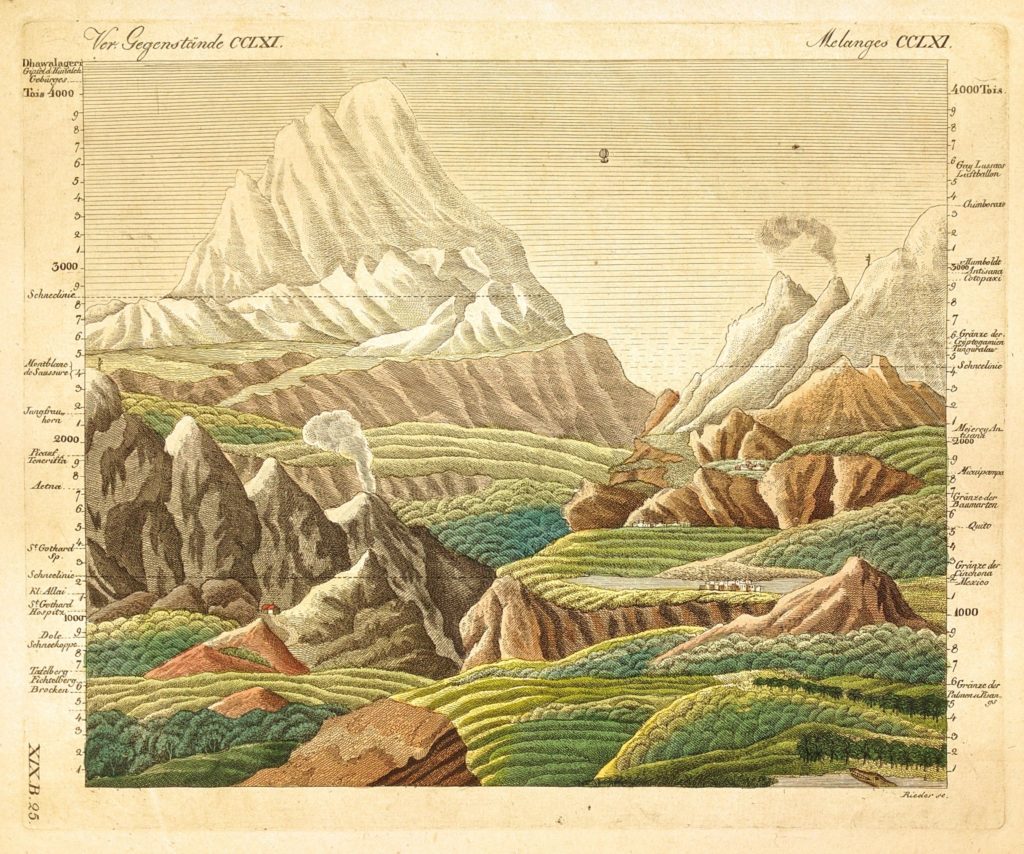
Henry Cowles next gained further insights into plant distribution on an opposite spatial scale in the late 1880’s with his study of plant distribution on the Indian Dunes. By observing the colonization of open sand by one species and then another in a predictable replicable pattern, he came up with the idea of “succession”: one plant species changes site conditions to favor colonization by another plant species.
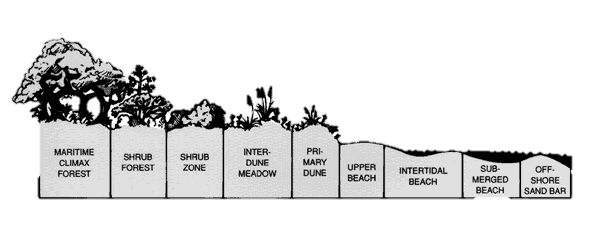
These plant distribution patterns have played out over tens of thousands of years during a relatively stable climatic period. That process of gradual spread is now under direct threat by abrupt changes in climate furthered by fragmentation of the landscape by human use. No longer can a species simply move through the woodland, it now needs to skip over agricultural fields and urban areas, its seeds then subjected to weather patterns greatly varied from those they evolved under.
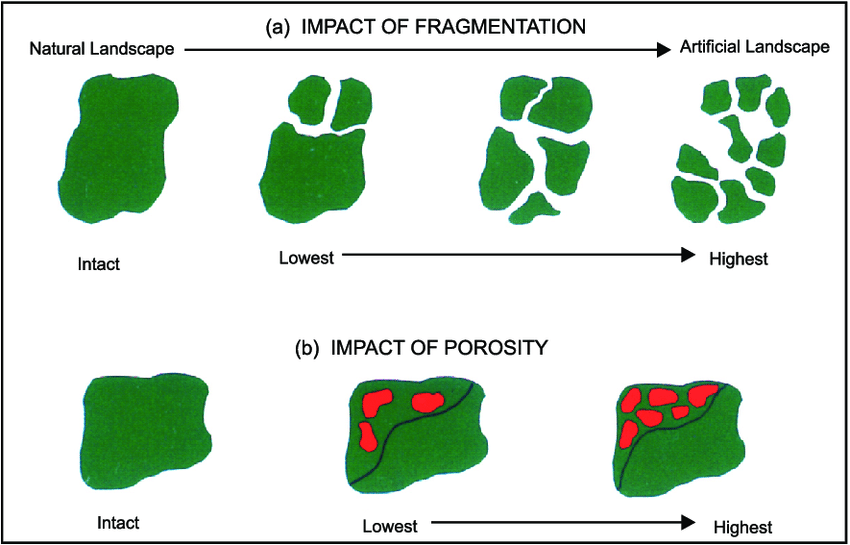
Key Concepts
The Tension Zone represents a differentiation in the distribution of southerly and northerly plant species in a band spanning Minnesota, Wisconsin, Michigan, and Ontario. Studies of this phenomenon were one of the early applications of quantitative plant ecology: a statistical analysis of plant assortments. A number of northerly tree species still can be found south of the tension zone, relicts of glacial retreat. Conversely, few of the southerly species have migrated north of this zone. Ftt: is assisting that northerly migration through a process called, “assisted migration”.
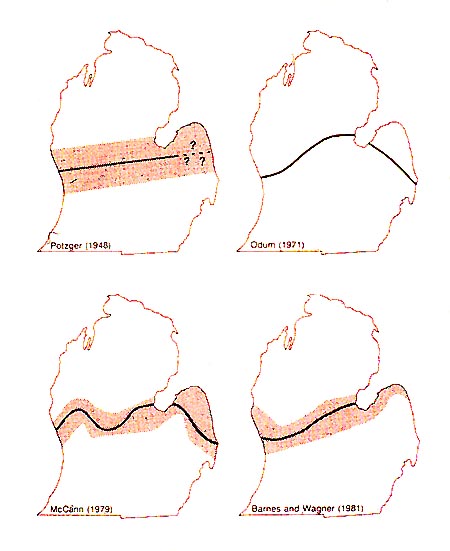

An Eco-tone is the area of transition between one type of plant community and another, where there is a natural transition and mixing of species more commonly found in one community or the other. A classic Michigan example is grassland prairie (generally treeless and dominated by herbaceous species) turning to oak barrens (grassland with scattered oaks stunted by frequent wildfire) to oak woodland (mature species of white and bur oak dominance with other trees such as shagbark hickory with increased shade).
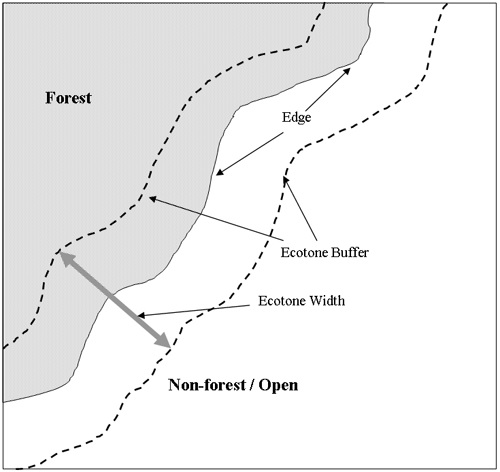

A Floristic Province is essentially an eco-tone on a much larger geographic scale. For instance the Prairie Province dominates the Central US, meeting the Eastern Hardwoods Province in the Indiana and Ohio regions. In the Driftless Area of Wisconsin (and adjacent states) there is a large-scale mixing of the two providences resulting in Oak Savanna (prairie with widely scattered mature oak). The Tension Zone, in a sense, falls between an Eco-tone and a continental Floristic Province in scale, an Eco-tone of the southern and northern hardwoods subdivision of the Eastern Hardwoods Province.
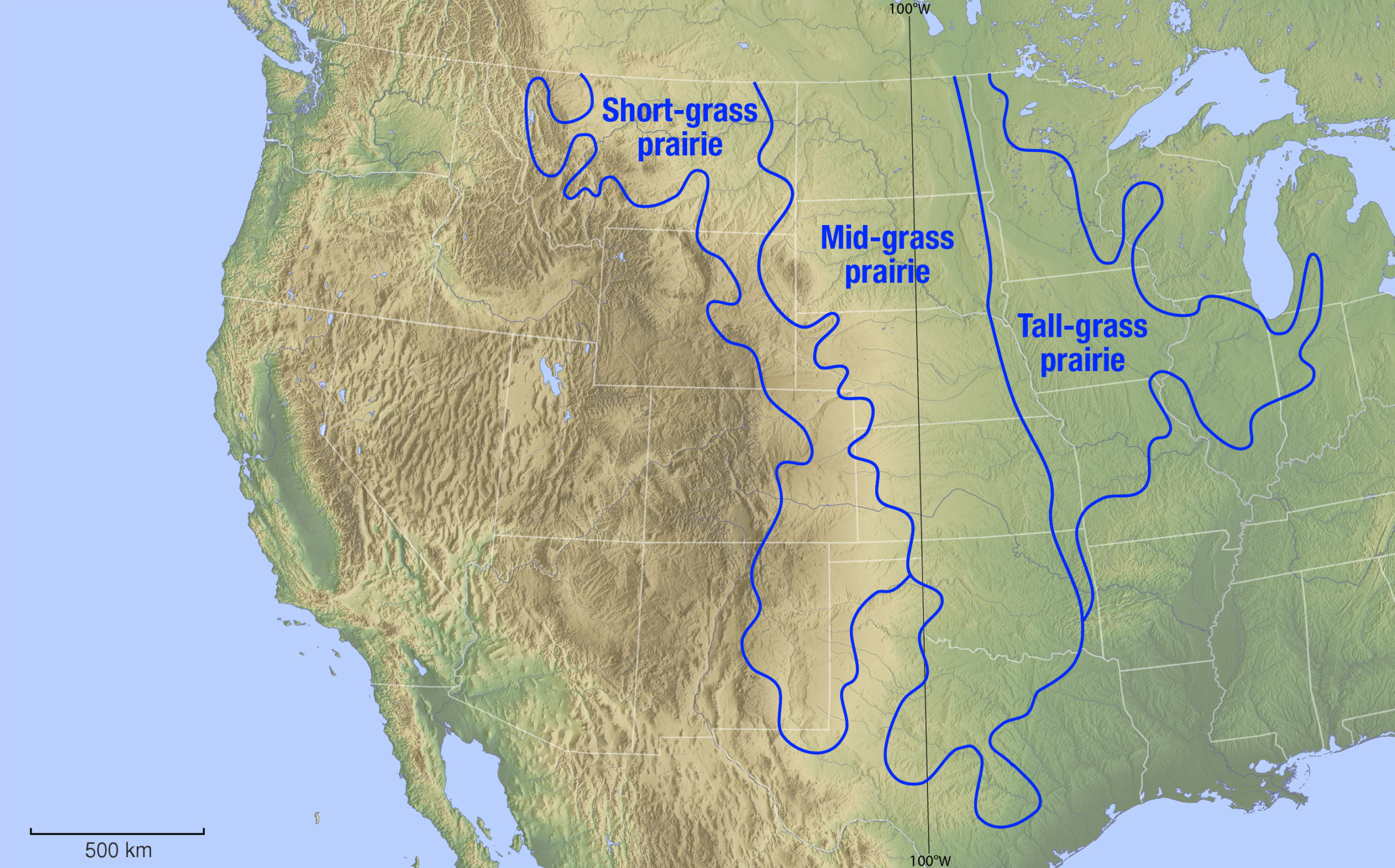

Eco-Regions are a more recent classification of vegetative patterns that builds on the pioneering assessments above, with the decisive advantage of computerized statistics and mapping applications. This approach fully integrates abiotic factors underlying the biological layer, incorporating bedrock geology, glacial landform, and soils. Climatic patterns were also used in this hierarchical classifications system. Since the date of the seminal publication by Dennis A. Albert 1994, projections of climate change are now readily observed, shifting across the fixed under layer of landscape features.
